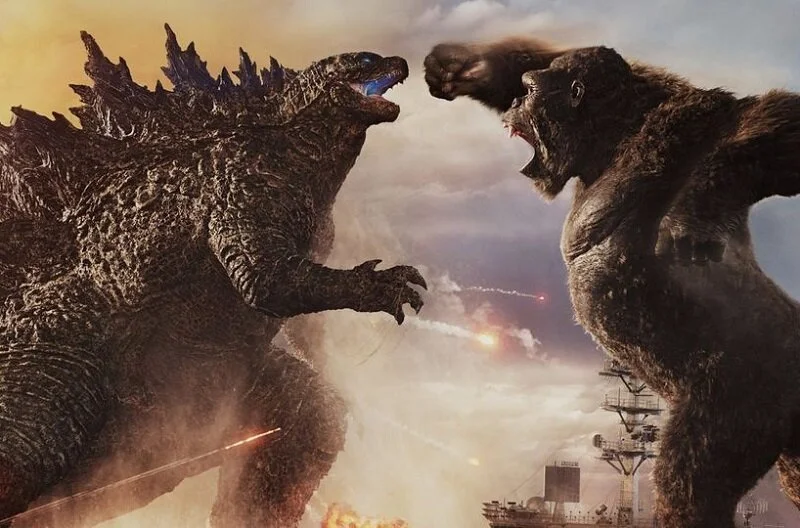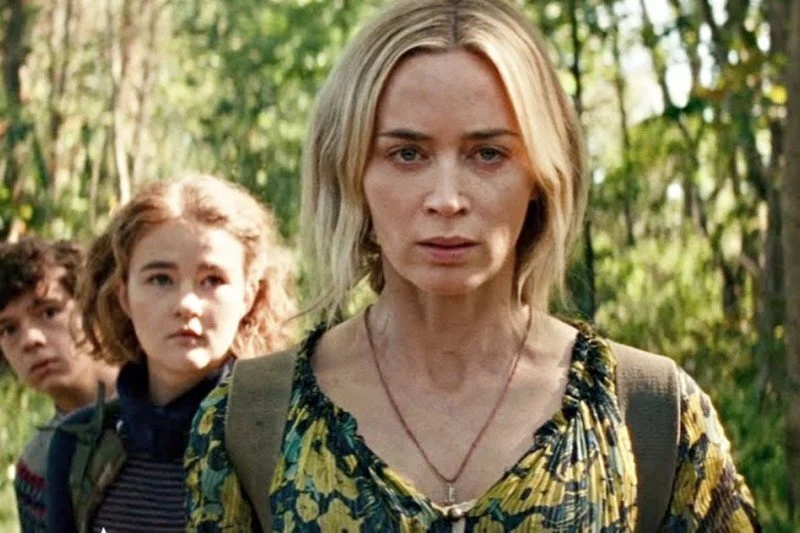The Structural Complexity of I Care a Lot Explained
I Care a Lot. Image courtesy of Netflix.
I was very impressed by I Care a Lot, a film by J Blakeson starring Rosamund Pike, and let me tell you why. First of all, the direction is very tight. Visually, it’s just well presented. There are only a couple of action sequences but they are short, economical, legible and, most importantly, engrossing. There’s a clarity and suddenness in them that I admire; a lot of directors with less talent feel like they need to draw out action sequences so the audience can get their money’s worth or something, but I’ve never subscribed to that belief and apparently neither does J Blakeson.
Secondly, Rosamund Pike is great. The acting all around is great (I mean, who doesn’t love a scenery chewing Peter Dinklage?), but her part demands a special kind of charisma, and in particular a special kind of tonal balancing act, and she nails it. What do I mean by balancing act? Well that brings me to the third thing I liked about this movie which is that it’s not formulaic. There is no protagonist, no hero. Every character in this film is bad, does bad things, and there aren’t any redemptive arcs. I love that, because predictable is boring. It can be done well, sure, but it’s nice when someone comes along who is quite happy to mess around with conventional structure and character arcs.
So (spoilers ahead) Rosamund Pike is playing Marla Grayson, a woman who has elderly people certified as mentally unfit so she can take over their care and milk their estates until they have nothing left. She is, no qualms about it, portrayed as a bad person from the opening frames of the film. When she runs this scam on a gangster’s mother, he comes after her and they basically spend the entire film dueling with one another. It’s a very propulsive narrative and the film never drags.
But it also creates a situation where the audience doesn’t know who to root for. Are they rooting for the gangster to get revenge on Marla because she abducted his mom? Well, that doesn’t seem right because he has done equally horrible things and worse to other people. So are they rooting for Marla then? Well that doesn’t seem right either, because she scams elderly people for a living and has no remorse about it whatsoever. And this is where the genius of Rosamund Pike’s performance comes in. Because she has this steely determination and charisma, you end up sympathizing with her as if she were the heroine even though you know, in your heart of hearts, that you shouldn’t be rooting for her.
The way the part is written and acted gives us the subtext that Marla is this way because she has been beaten down by an unfair world, and she’s merely fighting back. This kind of character motivation usually wouldn’t get you very far, because it’s pretty flimsy - we all know, those of us with some semblance of a moral compass, that even if the world is unfair to you, the appropriate reaction is not to abduct old people and steal their money. But the writing and the acting here are so good, and especially good at messing with the way protagonists are traditionally framed, that the audience ends up confused and could easily find themselves rooting for Marla.
I liked this structure! Of course, it depends on having a really strong actress like Rosamund Pike who can be both a vile person but also compelling and eminently watchable, like Marlon Brando as Stanley Kowalski. I kept wondering how the film was going to resolve this tension, because it kind of backed itself into a corner. If Marla gets away with it, that would be unfair. On the other hand, Marla presents herself as this kind of feminist heroine who has had enough and is just lashing out at a cruel world, tapping this deep well of inner strength that is in many ways admirable. So we can’t have her killed by a gangster.
I won’t reveal the ending, but I don’t think it was the best way to wrap up this story. There were probably even darker, or more clever routes the film could have gone down than the one it did. But, you know, that is a small failing in a film that is otherwise visually engaging, narratively and structurally inventive and a lot of fun to watch not only because it is well made, but because it does things that go against our expectations with its characters. What’s not to like?






